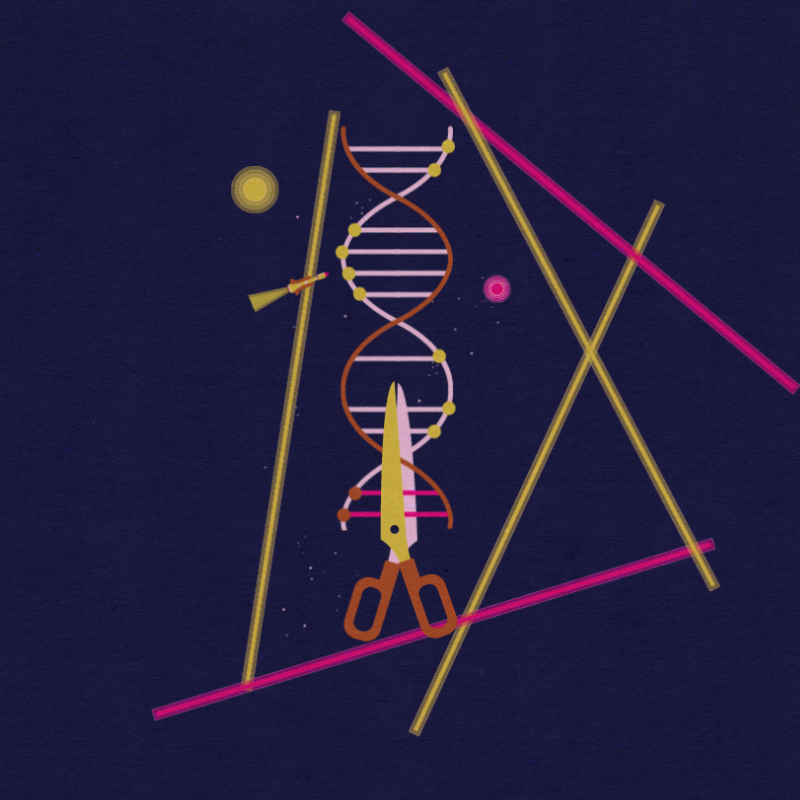The Achievements of Lithuanian Scientists: Rockets, Lasers, “Gene Scissors” and Space Satellites
> BACK TO 100 STORIESListen to this text (Lithuanian):
Lithuania is not a very rich country, so it cannot invest millions in scientific research. However, scientists from Lithuania have managed to reach incredible heights. One of the pioneers of rocketry was born in Lithuania, and today the country is famous for lasers – electrical devices that emit light in a thin stream. Lasers can be used in a wide variety of fields: treating diseases, destroying nuclear waste, cutting metal and even assessing the freshness of food.
The first world-famous scientist from the Grand Duchy of Lithuania was Kazimieras Semenavičius (sometimes Simonavičius). This nobleman was a military officer, artillery engineer and rocket inventor. In 1650 he published a book called The Great Art of Artillery. It describes the theory of creating multi-stage rockets and rocket artillery, and included the first ever drawings of such devices.
Professor Algis Petras Piskarskas is considered to be the pioneer of laser science in Lithuania. Although today Lithuanian laser scientists are highly valued all over the world, they had a difficult start. While Lithuania was occupied by the Soviet Union, they couldn’t travel the world and present their achievements to foreign colleagues. The situation has changed after the return of independence – now Lithuanians teach at universities in different countries and work on international projects of global importance. The work of the scientific group led by the laser researcher Piskarskas was even referred to by the winners of the 2018 Nobel Prize in Physics, Gérard Mourou and Donna Strickland. According to Mourou, Professor Piskarskas himself deserves the Nobel Prize.
The laser system SYLOS, which was made in Lithuania, has been operating at the Laser Research Center in Hungary since 2019. It’s one of the most powerful systems in the world – SYLOS generates high-intensity ultra-short pulses used to study the properties of electron motion in atoms and molecules. In addition, this laser can destroy harmful nuclear waste.
Lithuanians have also made important discoveries in biochemistry and neurology, which study processes in living organisms. Biochemist Virginijus Šikšnys and his colleagues created the “gene scissors”. This is a technology for “correcting” the human genes responsible for inheritance, which can “cut out” the “gene errors”. The “gene scissors” can also be used to create new plant varieties and microorganisms to help us secure food sources. World-renowned neuroscientist Urtė Neniškytė studies the interaction of neurons and immune cells in the brain. Her discoveries will help treat Alzheimer’s disease, which causes people to gradually lose their memory.
Lithuanians are also talented researchers of the universe. In 2011, the astrophysicist Jonas Žmuidzinas was appointed Center Chief Technologist at NASA’s Jet Propulsion Laboratory – the space research programme of the United States. Lithuania itself is now also part of the space-club: the first Lithuanian cubesats LituanicaSAT-1 and LitSAT-1 were launched into space in 2014.

